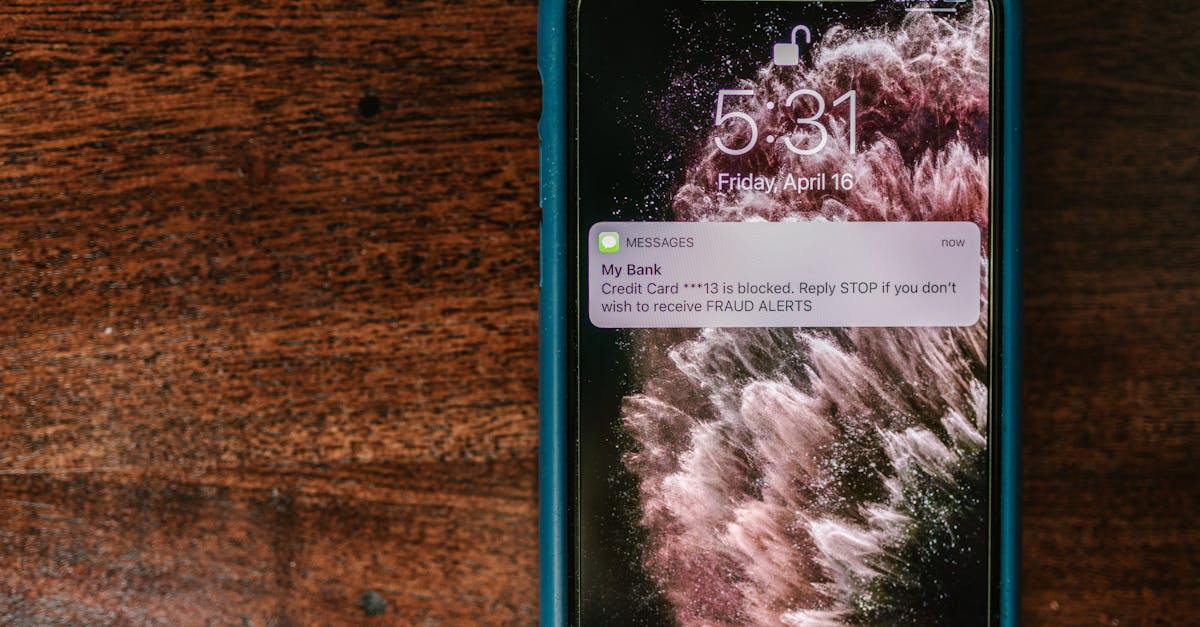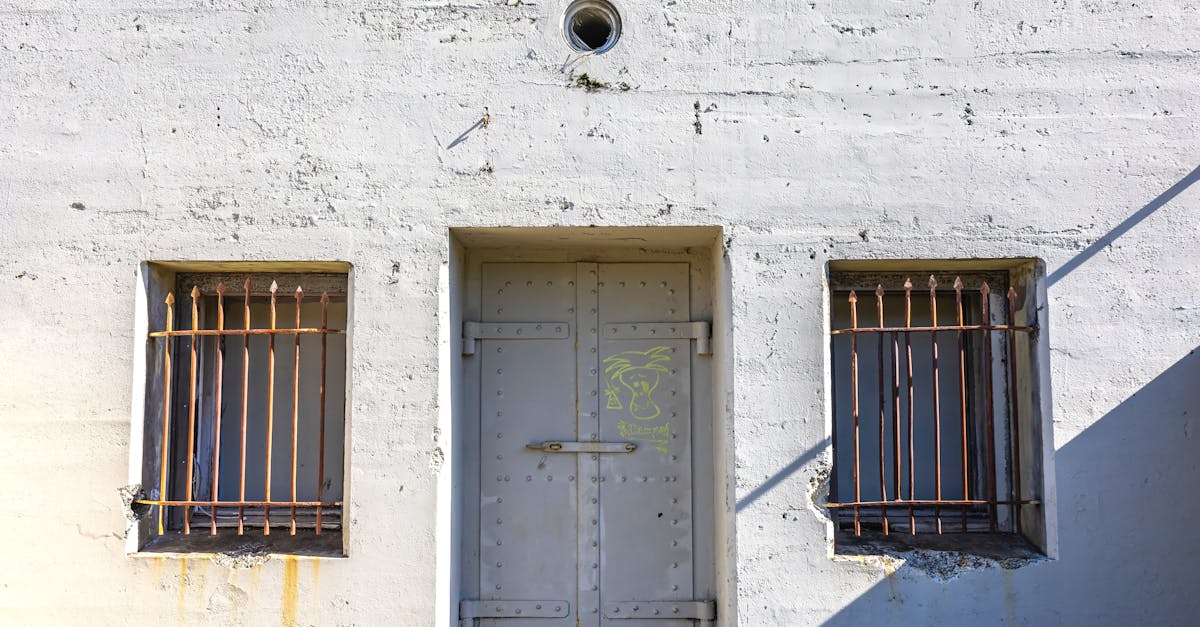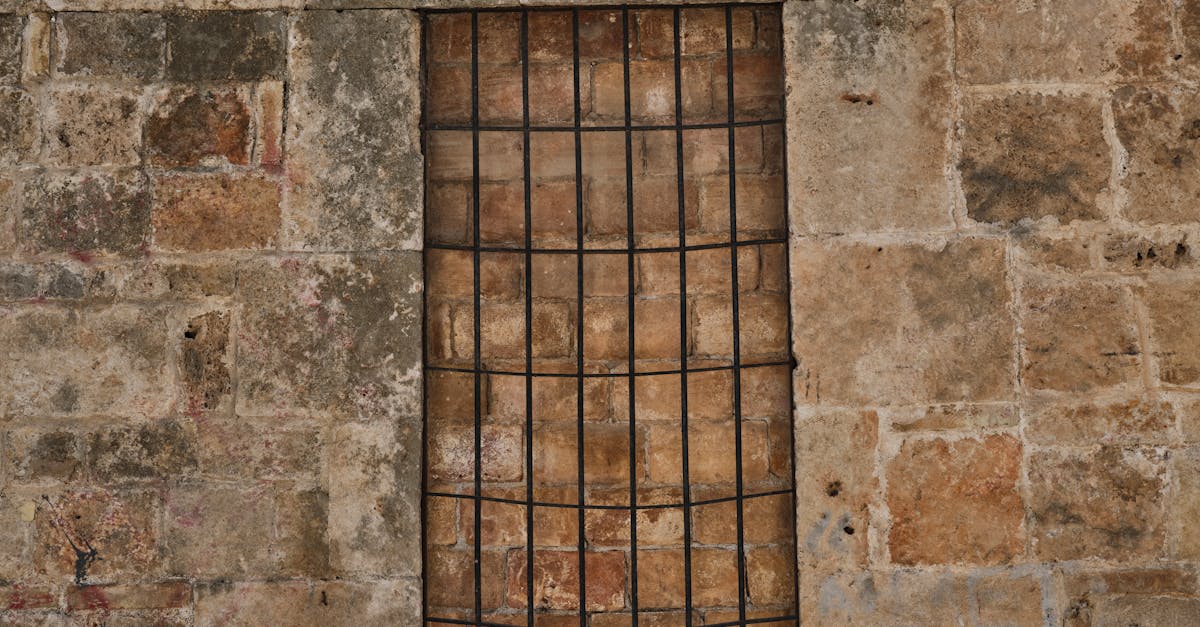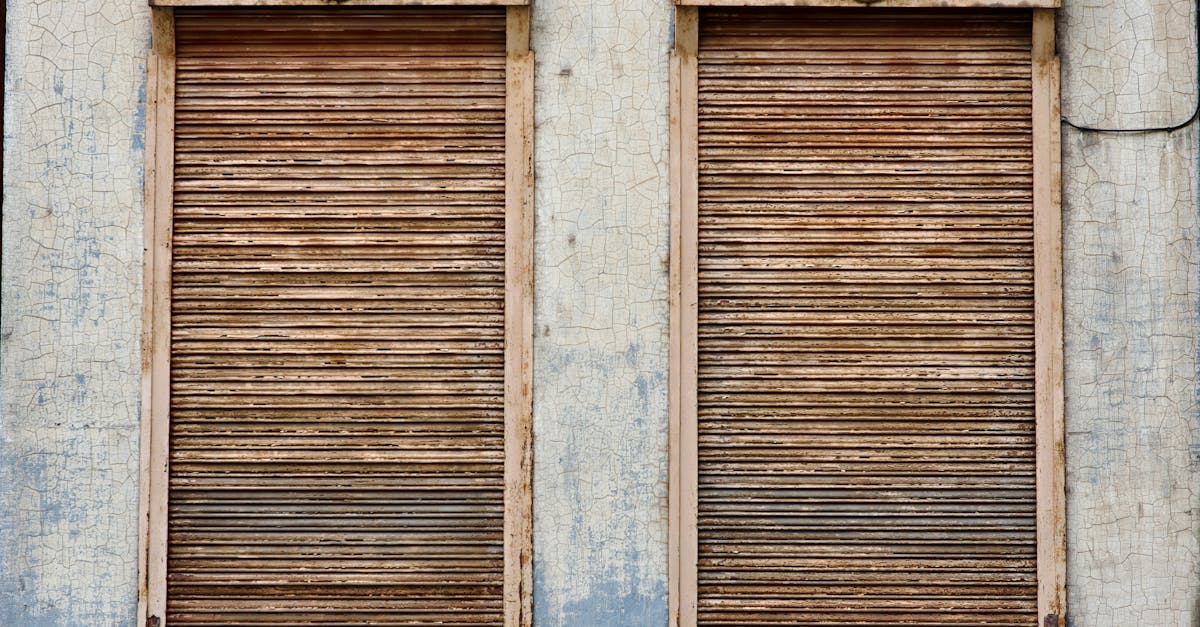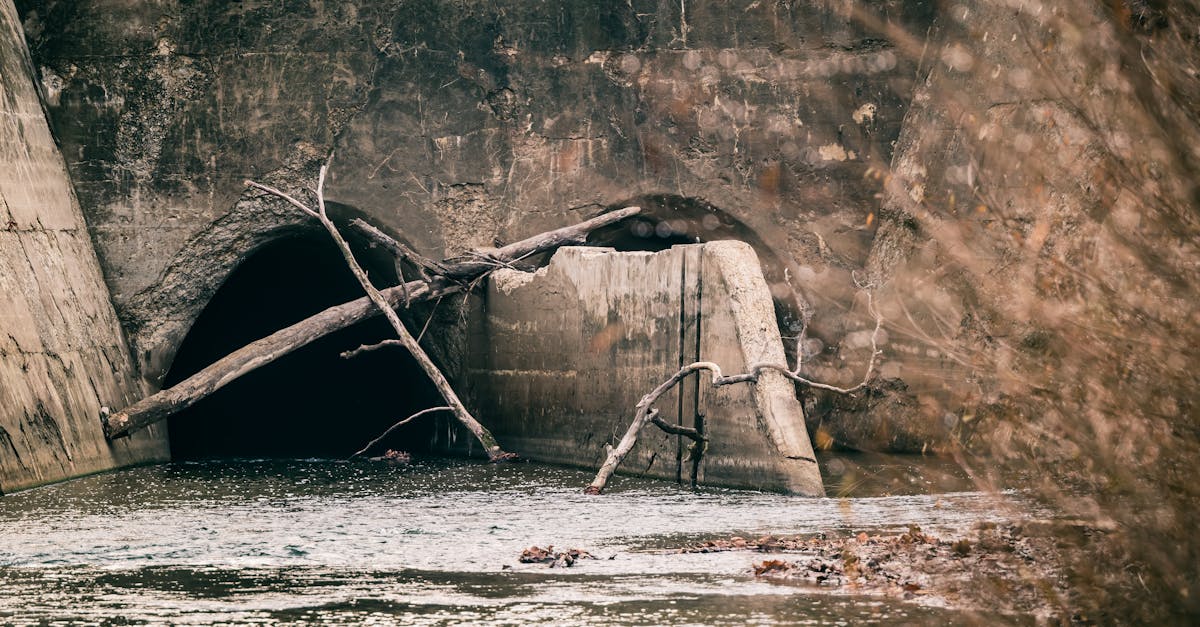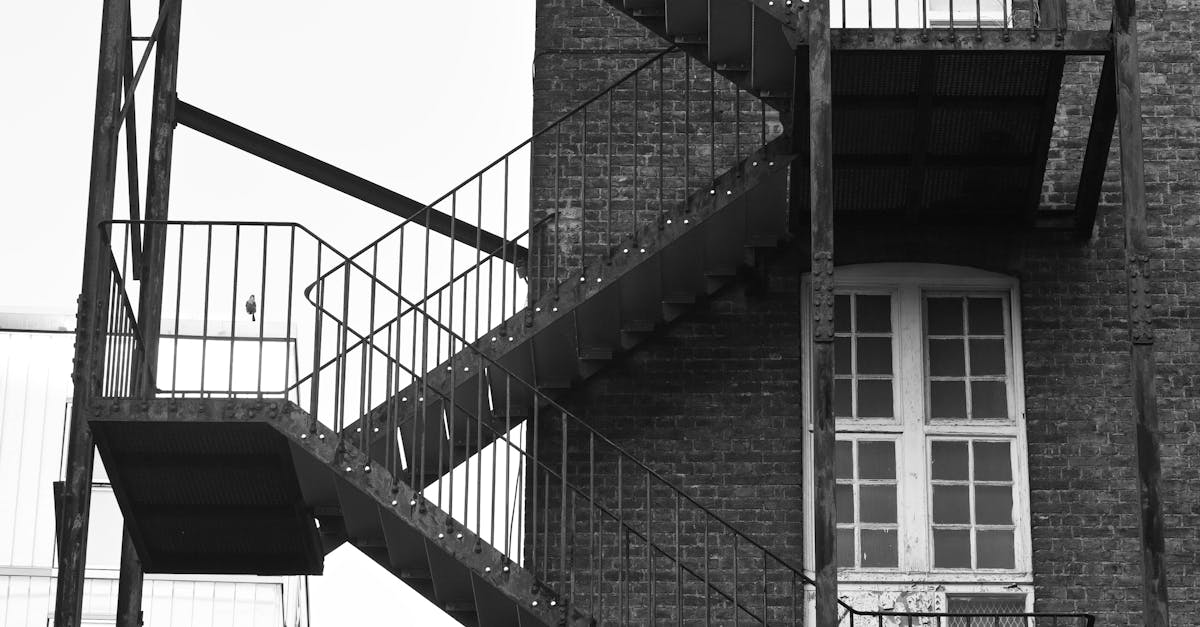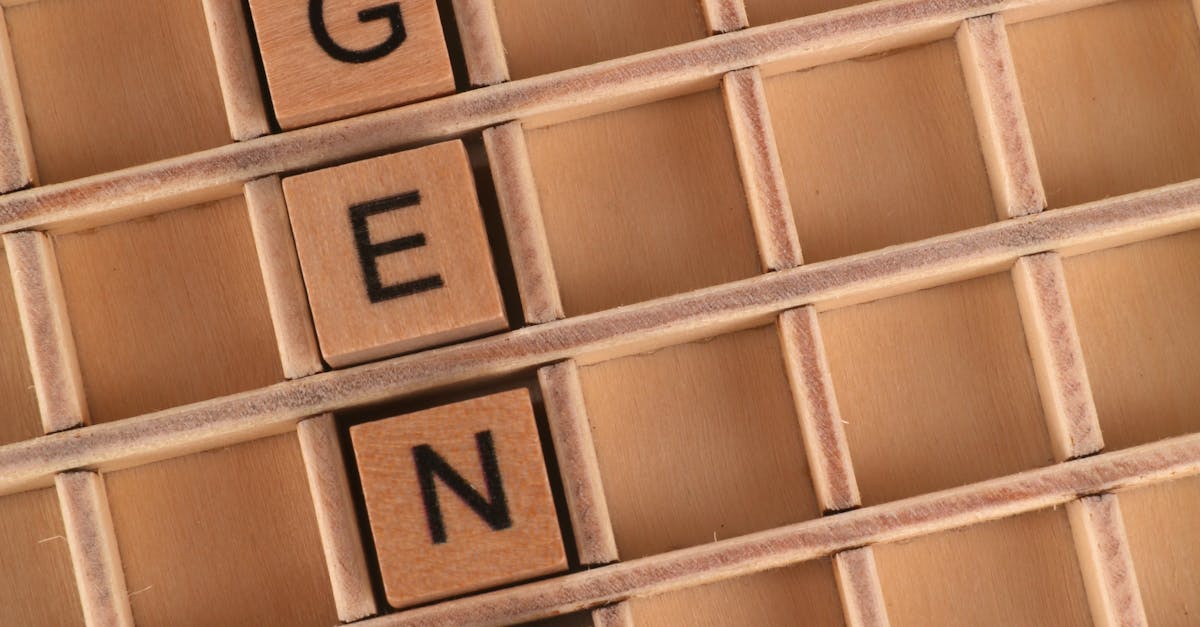
Table Of Contents
Connecting the Water Lines
To connect the water lines during faucet installation and repair, first, ensure that the water supply is turned off. Locate the hot and cold water supply valves under the sink. Use a basin wrench to disconnect the old lines if you are replacing an existing faucet. Clean the threads on the new faucet connections to avoid any debris that may interfere with the fittings.
Next, take the supplied water lines and attach them to the corresponding hot and cold connections. Hand-tighten the fittings initially to secure them in place. After ensuring that the connections are in the right position, use a wrench to tighten them slightly more, being careful not to overtighten. Properly secured, these connections will prevent leaks and ensure smooth water flow from your new faucet.
Ensuring LeakFree Connections
When connecting the water lines, it is essential to ensure that all connections are tight and secure. Start by hand tightening the fittings, as this allows for a snug fit without risking damage to the threads. Using plumbing tape can provide an extra layer of protection against leaks. Wrap the tape around the threads of the connections before screwing them together. This will help create a watertight seal, making a significant difference in preventing future leaks.
After completing the connections, turn the water supply back on and observe each joint closely for any signs of water seepage. Even the smallest leak can lead to significant problems over time. If any leaks are detected, turning off the water supply will allow you to tighten connections or add plumbing tape as necessary. Proper attention to these details is crucial in faucet installation and repair. Achieving a leak-free setup not only ensures smooth operation but also prolongs the lifespan of your plumbing fixtures.
Attaching the Faucet Handle
To attach the faucet handle, first locate the handle mounting screw, usually found beneath the handle itself. Carefully lift the handle and align it with the base of the faucet. Once in position, insert the screw through the handle and into the mounting hole. Using a screwdriver, tighten the screw just enough to secure the handle in place, avoiding overtightening, which may damage the components.
After securing the handle, check for proper alignment. It should sit comfortably in the centre, allowing smooth operation. Once aligned, fasten any additional screws or components that may hold the handle or lever in place. Completing this step correctly is crucial for ensuring a seamless operation during faucet installation and repair.
Proper Alignment and Fastening
Achieving proper alignment during the installation of your single handle faucet is essential for both functionality and aesthetics. Begin by positioning the faucet over the sink holes, ensuring it sits straight and centred. Adjust the base plate if necessary, so that it covers any gaps or misalignments with the sink surface. This step not only ensures a neatly finished look but also prevents water from seeping underneath, which can lead to damage over time.
Once the faucet is perfectly aligned, securely fasten it in place using the included mounting hardware. Tighten the nuts with a wrench, taking care not to overtighten, as this could damage the sink or the faucet itself. A stable installation is crucial for effective water control. Proper alignment and fastening contribute to the ultimate success of your faucet installation and repair, providing both durability and ease of use.
Testing for Leaks
Once the faucet is installed and all connections are secure, it’s crucial to test for leaks. Start by turning on the water supply slowly. Observe the areas around the connections, particularly where the water lines meet the faucet. Pay close attention to the hose fittings and any joints. A small drip may indicate a loose connection or a damaged washer. Addressing these issues promptly can prevent water damage and is an essential part of faucet installation and repair.
After the initial check, it’s wise to run the faucet for a few minutes. This allows any potential issues to become apparent. Inspect under the sink and around the faucet base for any signs of moisture. If everything appears dry, you can feel more confident about the integrity of your installation. If you notice any leaks during this process, it may be necessary to re-tighten fittings or replace faulty components to ensure a reliable, long-lasting faucet performance.
Tips for a Thorough Leak Check
After completing your faucet installation and repair, it’s crucial to conduct a thorough leak check to ensure everything is functioning properly. Start by turning on the water supply and checking for any signs of leaking around the connections. Pay close attention to the base of the faucet and the points where the water lines connect. A dry area signifies a job well done, while any moisture present indicates that you need to re-tighten the fittings or possibly replace the washers.
Once the initial inspection is complete, turn on the faucet and let it run for a few minutes. This process allows for a more comprehensive evaluation since some leaks may only become apparent when the water is flowing. Watch for drips or pooling water beneath the sink. If you detect any leaks, don’t hesitate to address the problem immediately. Regular checks after installation can prevent future issues and ensure the longevity of your new faucet.
FAQS
What tools do I need to install a single handle faucet?
You will typically need a basin wrench, adjustable wrench, plumber's tape, a screwdriver, and a bucket to catch any water during the installation process.
How can I ensure that the water lines are correctly connected?
Make sure to follow the manufacturer's instructions, use plumber's tape on the threads, and ensure the connections are tight but not over-tightened to prevent damage.
What should I do if the faucet handle feels loose after installation?
Check the alignment and fastening of the handle, ensuring that all screws are tightened properly. If the handle is still loose, there may be an issue with the cartridge that needs attention.
How do I test for leaks after installing the faucet?
Turn on the water supply slowly and check all connections for any signs of dripping. You can also run the faucet for a few minutes and inspect underneath for any leaks.
Is it necessary to turn off the water supply before installing a single handle faucet?
Yes, it is essential to turn off the water supply to avoid any water damage or flooding during the installation process.


